
Product Demos
Keep reading
How to Benchmark Your Sales Demos (And Actually Know What’s Working)
Here’s the thing about demo analytics: most teams are flying blind. You’re tracking views and completion rates, nodding along in…

Product Demos
Keep reading
The AI-First Demo Playbook: From Idea to Published in Minutes
Remember when “scaling personalization” meant hiring more people? Your demo team probably looked like this: One senior SE creates the…

Sales Tips
Keep reading
The AI Buyer Paradox: Why Your Sales Team Just Lost Control (And Marketing Took It)
Your sales team just lost control of the buyer journey. Not to a competitor. Not to budget cuts. To AI.…
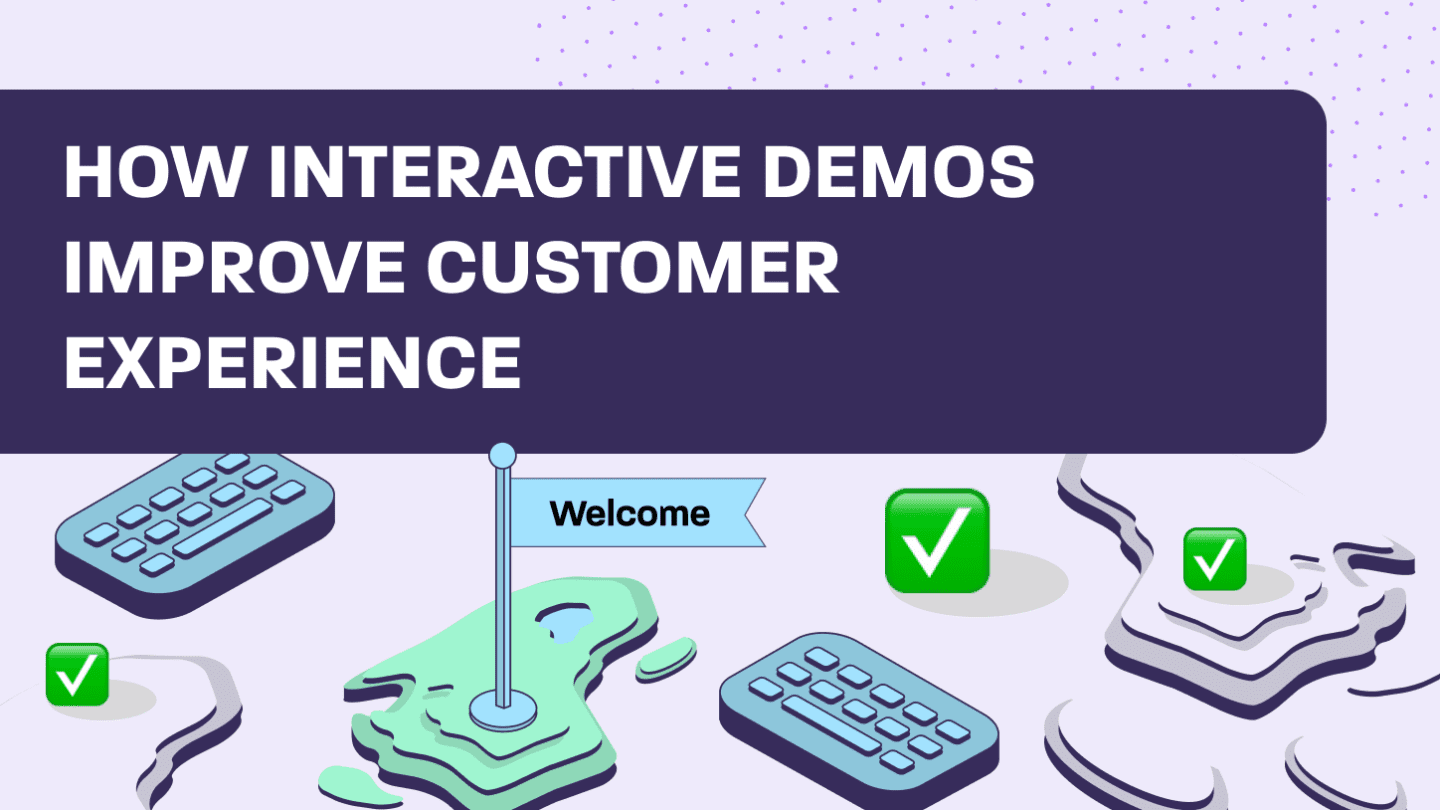
Product Demos
Keep reading
How Interactive Demos Improve Customer Experience: 5 Strategies That Actually Work
If you really think about it… Most B2B product demos are built to impress prospects, not to actually help them.…

Product Demos
Keep reading
How Personalized Demos Increase Closed-Won Rates: Data, Framework & Benchmarks
This guide breaks down exactly how personalized demos drive closed-won outcomes, with the frameworks, benchmarks, and competitive intelligence to prove…
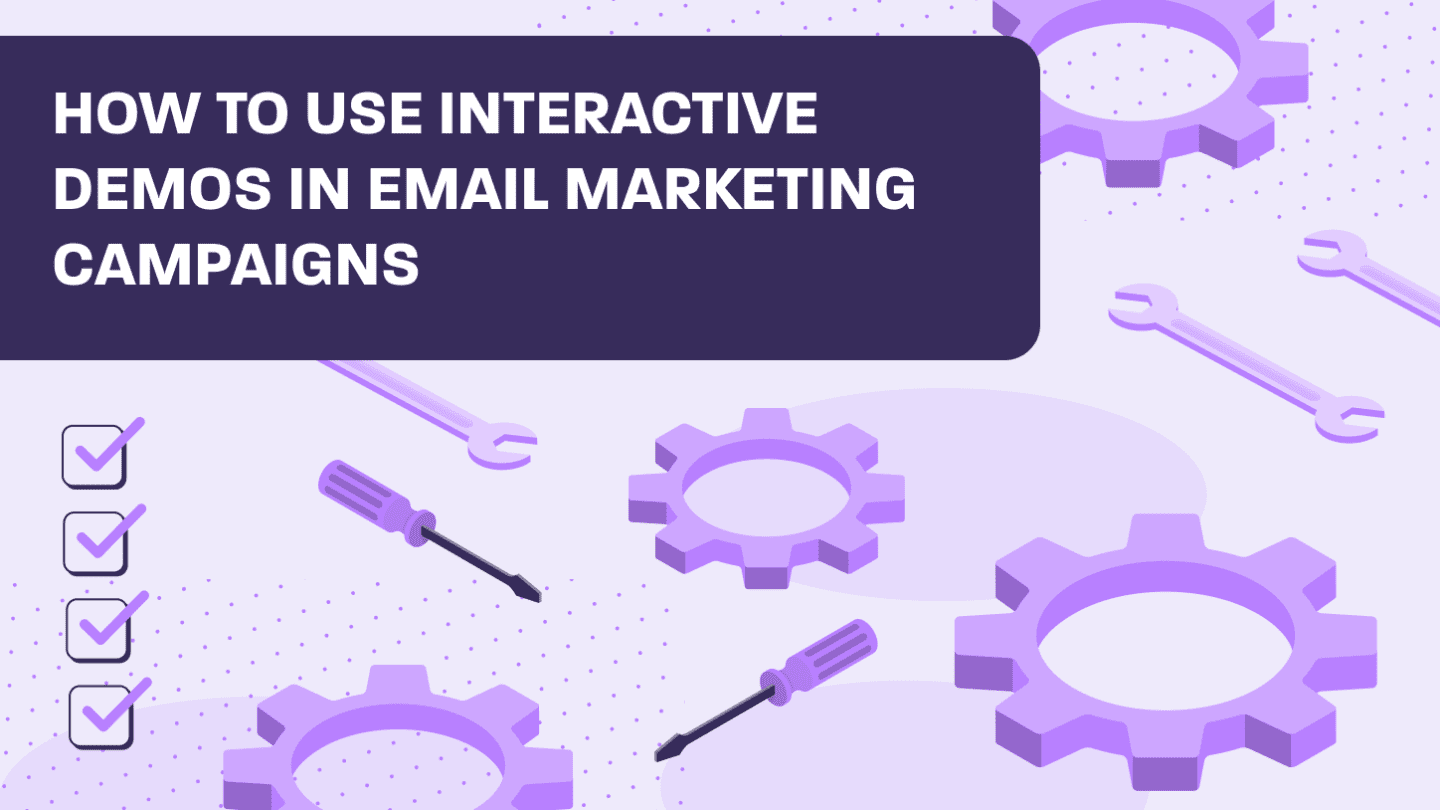
Product Demos
Keep reading
How to Use Interactive Demos in Email Marketing Campaigns
Email marketing in B2B isn’t dead. But if you’re still sending static screenshots and “book a demo” CTAs, you’re fighting…

Product Demos
Keep reading
From Demo Data to Closed-Won: The Complete Guide to Interactive Demo + CRM Pipeline Intelligence
Your buyers spend hours exploring interactive demos before their first sales call. They click through features, share demos with colleagues,…

Product Demos
Keep reading
How Interactive Demo Data Transforms Your Salesforce & HubSpot Workflows: 5 Real Automation Examples
Your sales team sends dozens of demos every week. Prospects engage, click around, maybe even share internally. But then what?…
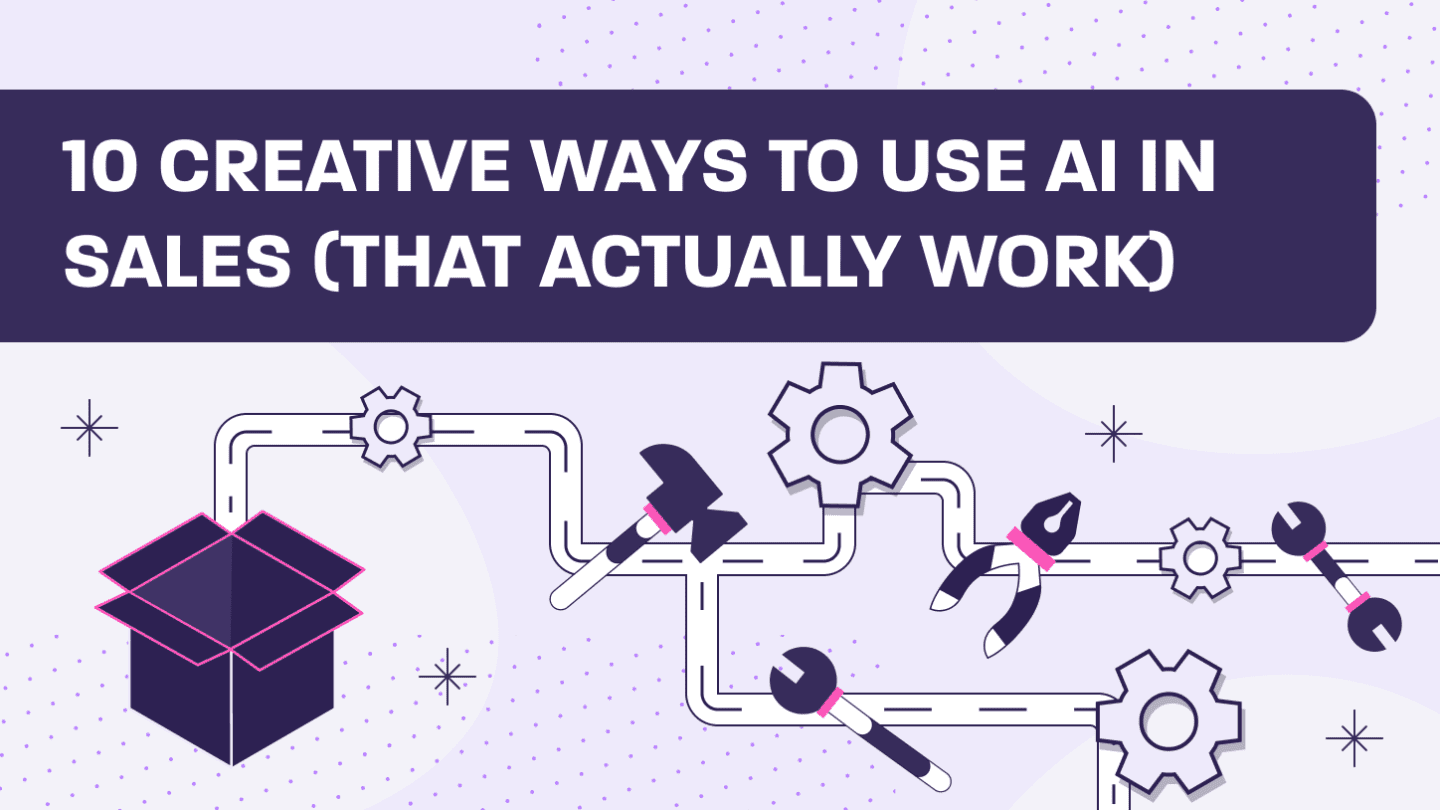
Sales Tips
Keep reading
10 Creative Ways to Use AI in Sales (That Actually Work)
The sales landscape changed overnight. One minute, your team is manually sorting through 500 cold leads; the next, your buyer…
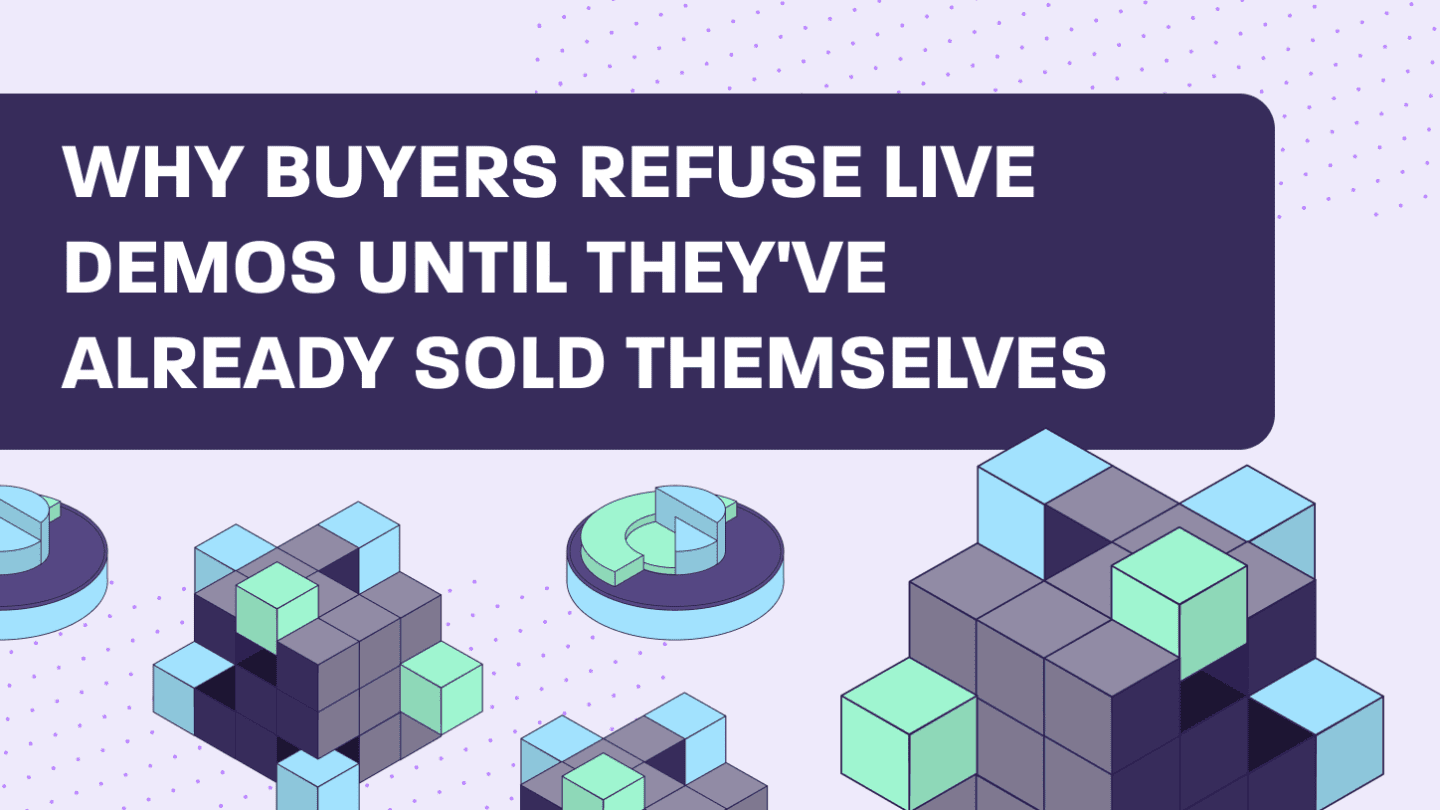
Sales Tips
Keep reading
Why Buyers Refuse Live Demos Until They’ve Already Sold Themselves (And What To Do About It)
The SaaS demo is broken. Not because sales teams don’t know how to present. Not because product-market fit doesn’t exist.…
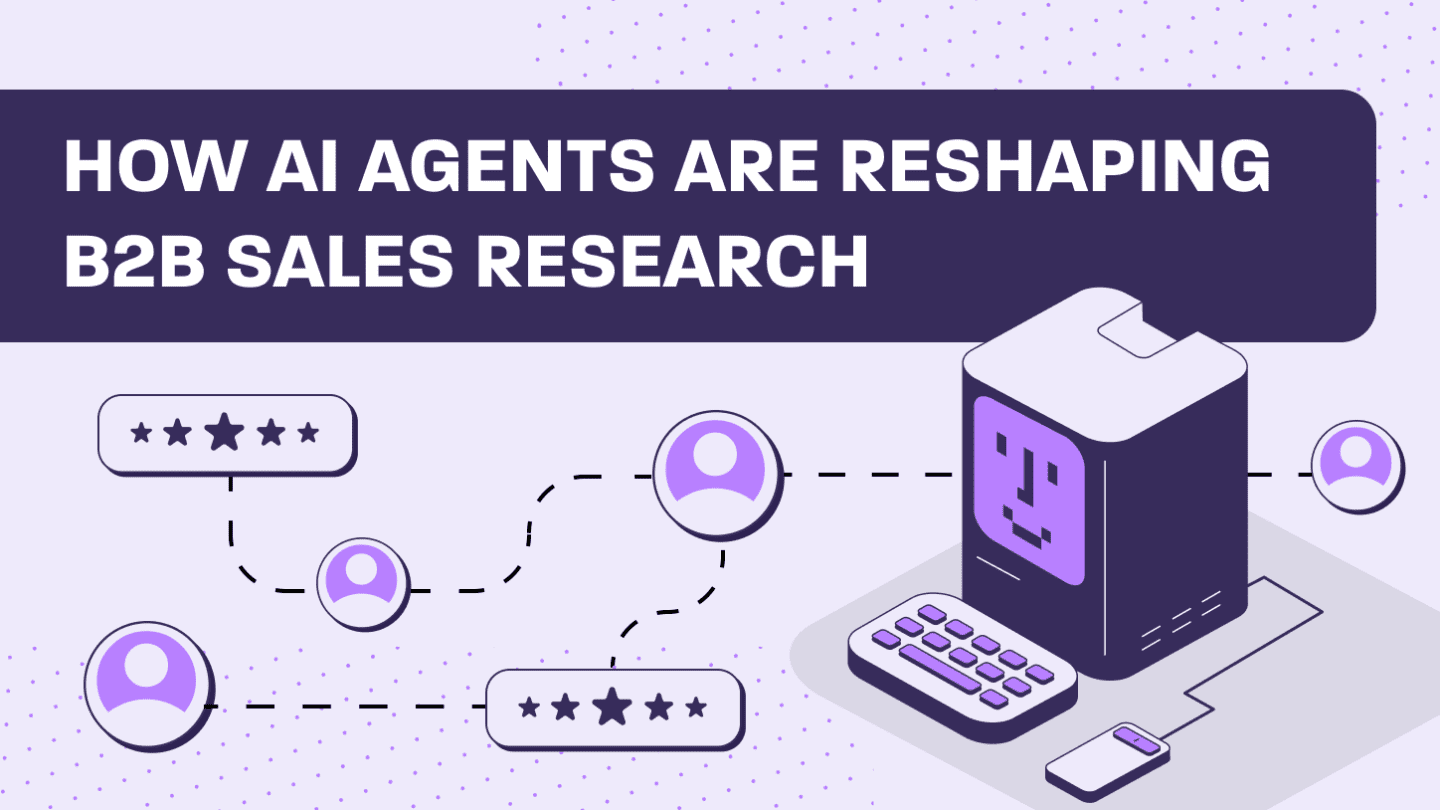
Sales Tips
Keep reading
How AI Agents Are Reshaping B2B Sales Research (And What It Means For Your Team)
Your buyers are already using AI to research your product. The question isn’t whether this is happening—it’s whether you’re showing…

Sales Tips
Keep reading
A 40% Head Start on Your Sales Cycle
Killing the Demo Treadmill: A 40% Head Start on Your Sales Cycle
You sell the best product.
You deserve the best demos.


Never miss a sales hack.
Subscribe to our blog to get notified about our latest sales articles.